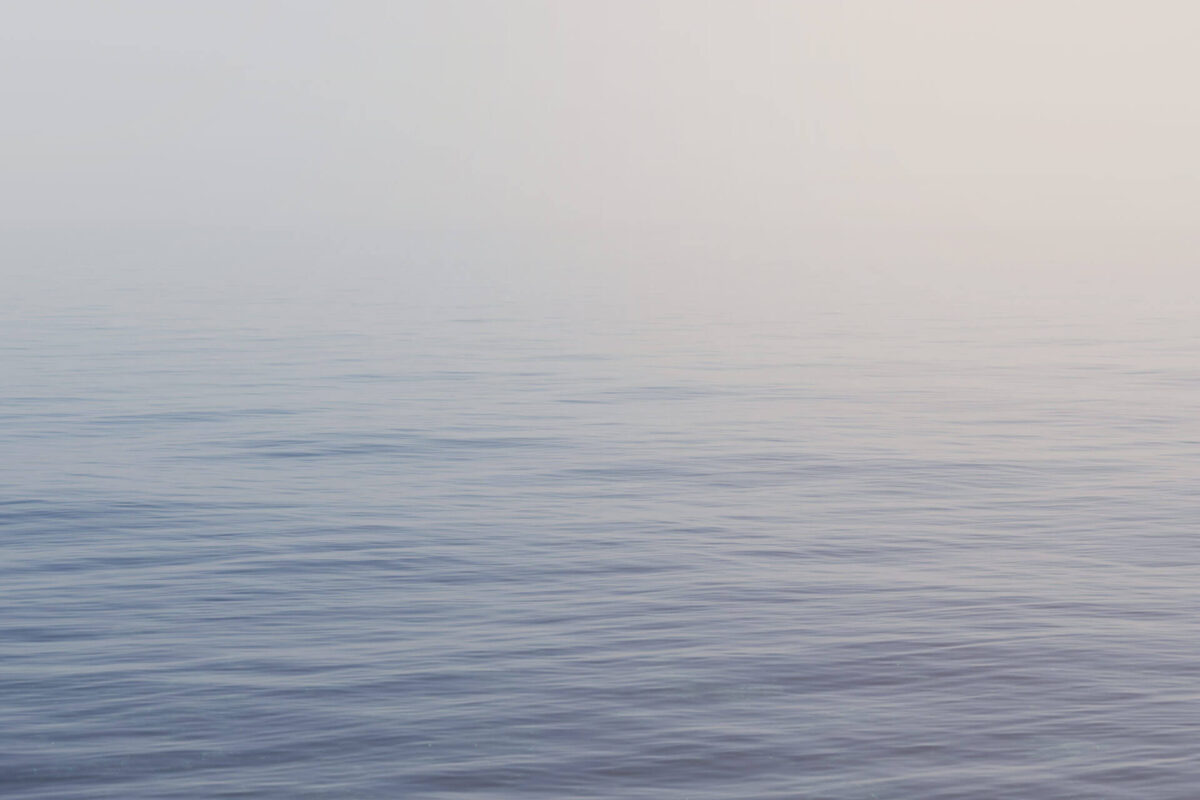
Qi Gong exercises
explained
Exercise description
Starting position is the bow step. For this exercise, step to the side with your left leg. The left foot looks slightly outward. Now lower your torso over your left leg so that your hands meet at the foot. There, imagine that you are lifting a pearl from the bottom of the sea.
Inhaling straighten the body and bring the arms above the head. Meanwhile, the body weight shifts to the back leg.
When the arms are above the head and the weight is rooted on the back leg, the exhalation begins the lowering of the arms to pelvic level. From there, still exhaling, the body again bends down to the foot.
Repeat this movement several times before returning to the center.
Then do the same movement to the right side, stepping to the side with your right leg.
Frequently asked questions
What can I do if I can't extend my arm upwards very well?
Then please stretch your arms upwards only as far as is easily possible for you. Please remember to also lift your sternum up a bit and get even more erection.
Does this exercise help with shoulder problems?
I would recommend this exercise for various shoulder problems. There is a very nice stretching of important shoulder muscles during this exercise. During the stretch you will feel that you get "space" in the shoulder joint. However, to completely resolve shoulder problems, you need other exercises and also the use of acupressure.
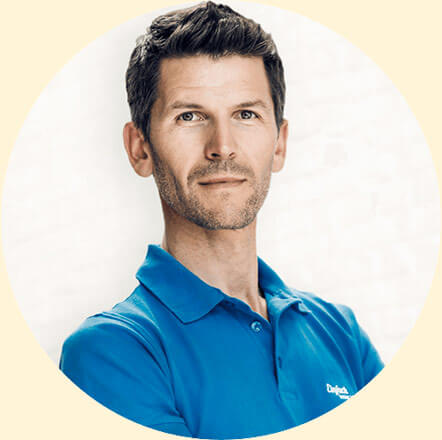
Pro tip from Wolfgang
With the bow step you learn about the interplay of fullness and emptiness in Qi Gong. Energy flows through the body by an inner pumping movement. We create this pumping effect on the one hand by breathing in and out continuously. And on the other hand by shifting the body weight. So that one leg is full (loaded) and the other empty (unloaded).
Qi Gong exercise to reach the bottom of the sea - element metal
Most common errors
The bow step is made too large and as a result it is easy to lose balance in the exercise.
The arms are pushed back with too much effort in the up position instead of simply being stretched upward in length.
During the backward movement, the weight is not transferred to the rear leg.
The back knee turns towards the left leg.
Training tips
If possible, exercise again and again in front of a mirror or with the Record smartphone and then study this video for errors.
Make it a habit to do this exercise first thing in the morning after you get up.
Also, keep closing your eyes while you do the movement. This will help you to inner processes even more intensively.
The exercise "Cloud Gates" is an optimal preparatory exercise for this Qi Gong exercise.
Assistance
What can you do if the exercise is too difficult?
This exercise is very simple if you do not have a shoulder problem and does not cause any problems. If you have shoulder problems, you simply do not stretch your arms so far back, but lift them only to the noticeable barrier.
If balance is a problem, on the one hand it helps to control the alignment. The step must not be too big and the feet must not be too narrow next to each other, otherwise the position will be very tippy.
Meridians
- Lung (Yin)
11 acupuncture points - Large Intestine (Yang)
20 acupuncture points
Helps with...
- Breathing problems
- Weakness & shortness of breath
- Weak immune system
- Lung diseases
- Waking up between 3 and 5 in the morning
- Mourning
- Intestinal and digestive problems
- Migraine
- Allergies








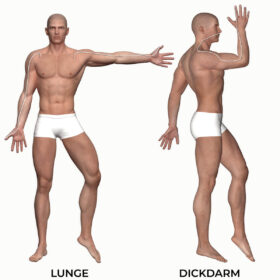
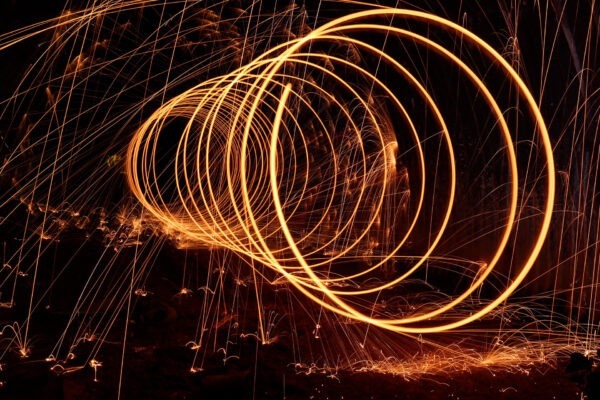

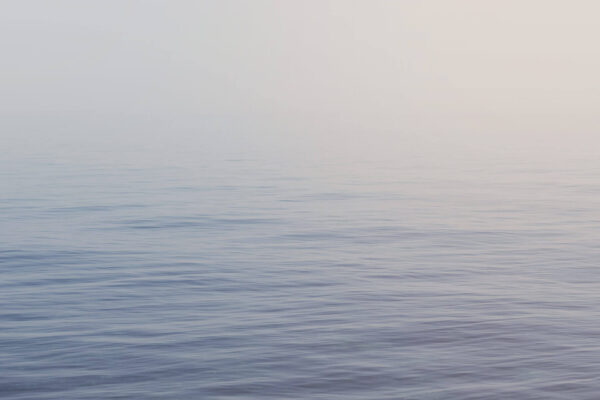
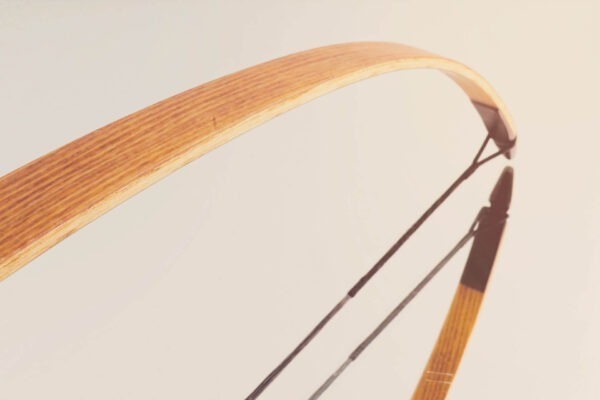
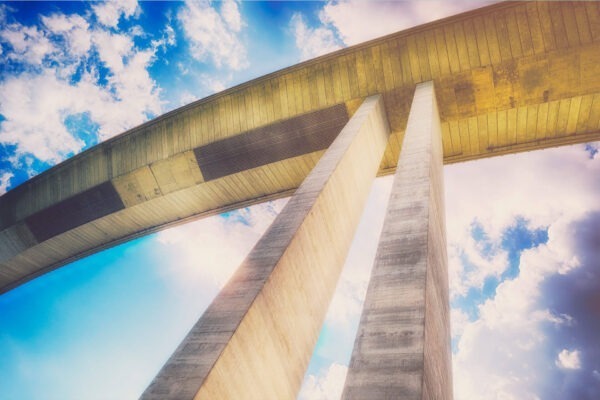
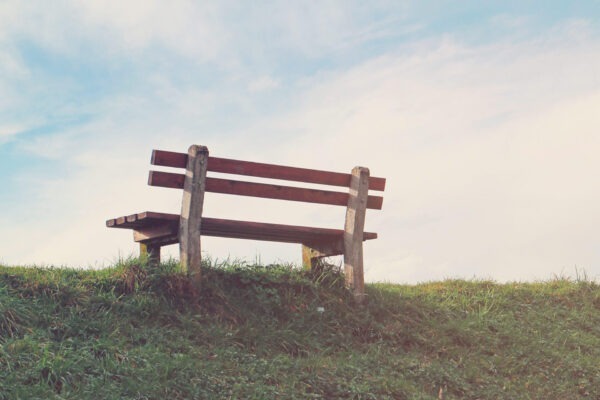
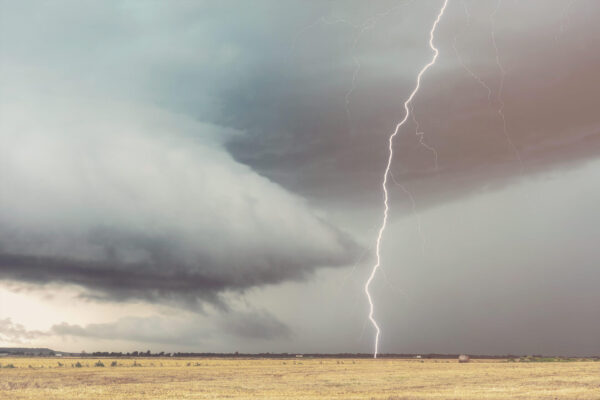
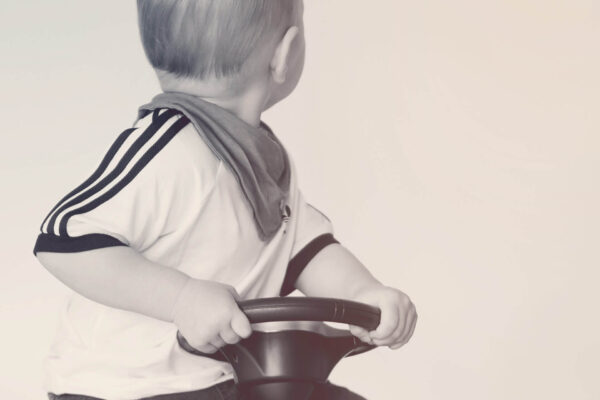
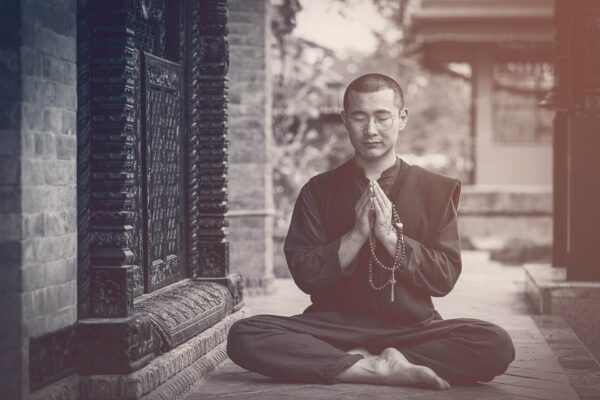
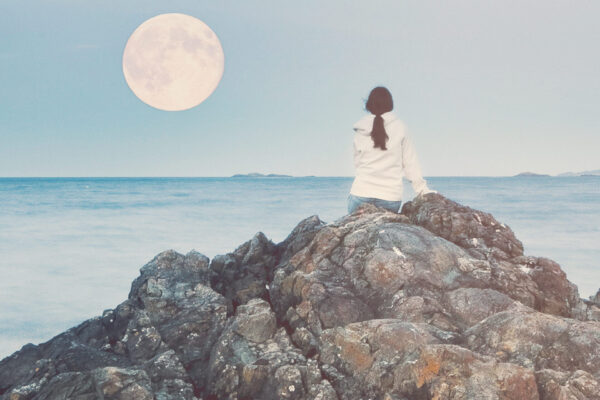
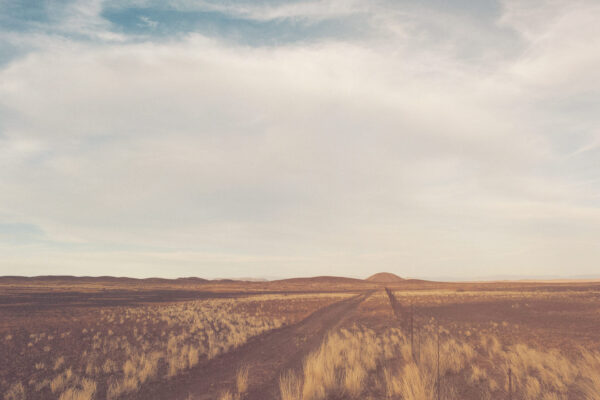
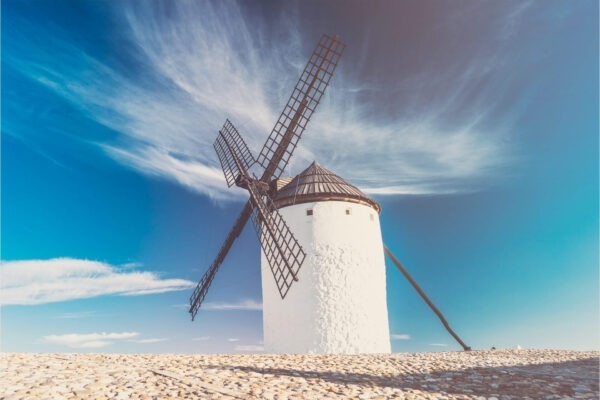
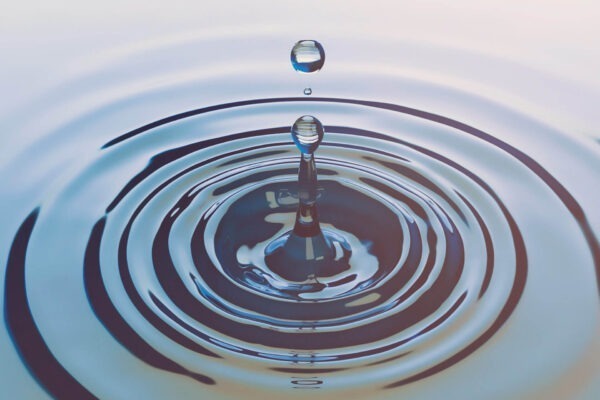
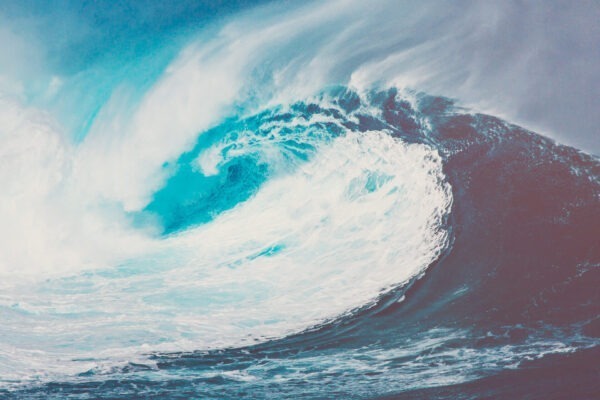
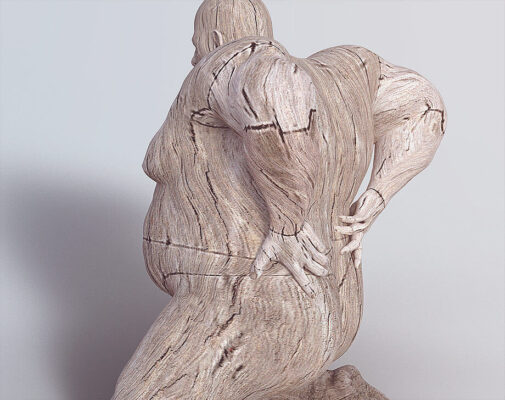
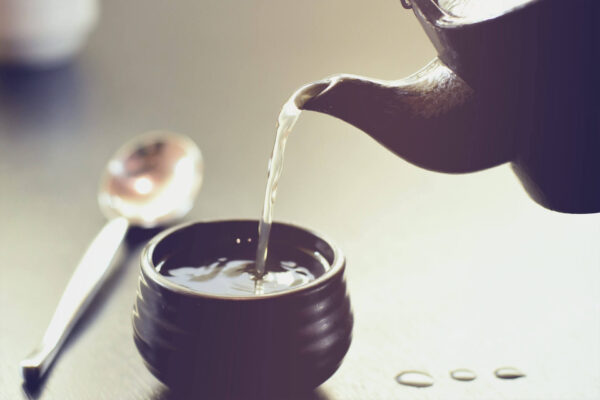

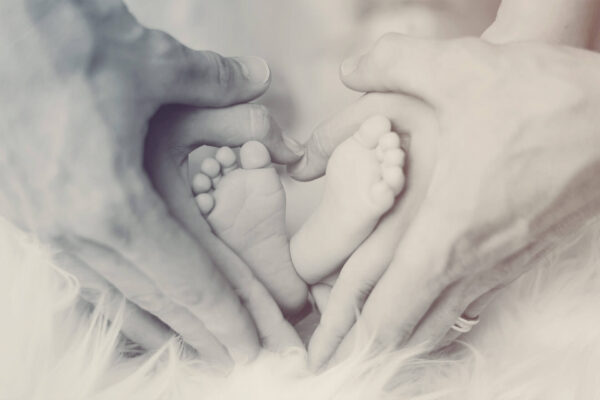


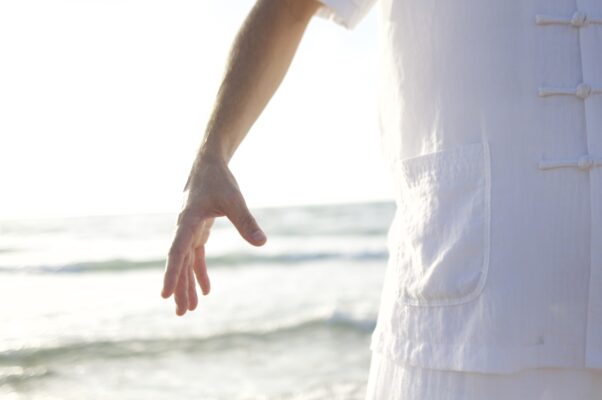

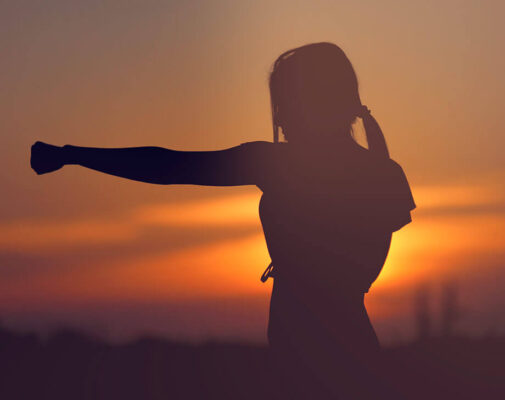
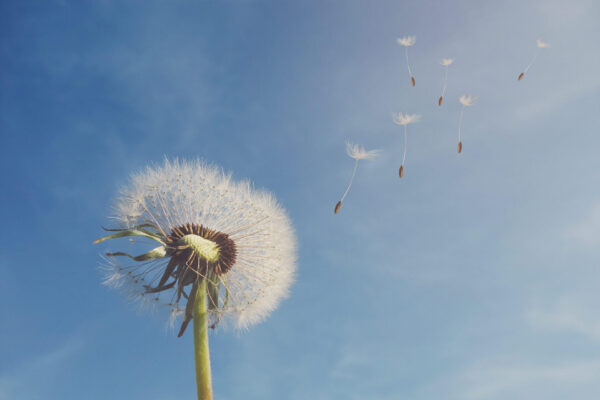
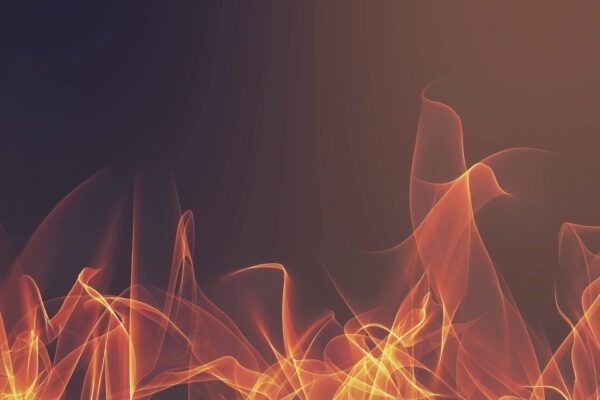
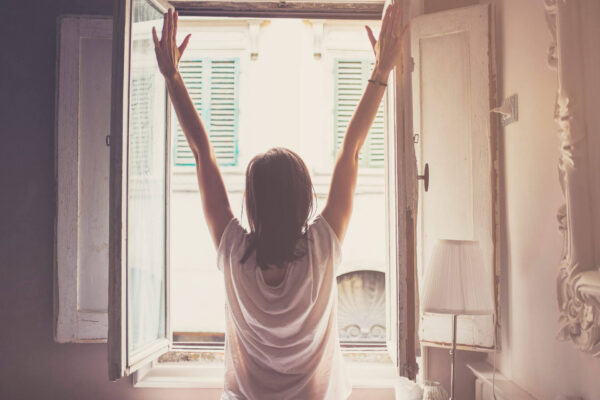


Dear Wolfgang, my TCM doctor recommended practicing kidney strengthening walking. Can I find this on one of your great videos?
Hello Ilse. No the kidney-strengthening walking I have unfortunately not in the program. But I am sure you will find something suitable on Youtube. Good luck. But the 18 figures of harmony also have a strengthening effect on the kidney energy and we have this course on offer. Kind regards Wolfgang
Dear Wolfgang,
I have been doing the simple beginning exercise daily for 4 months and now love my Qigong. I feel better. Today I discovered that you explain here many other exercises so wonderfully and lovingly and understandably, in word (hear your pleasant voice so gladly) and writing.
I will now incorporate more exercises into my daily morning ritual.
MANY MANY THANKS, you are really great in your field (and probably far beyond 🙂 - love greetings from Linz, Ulli Buzath
Hello Ulrike. That's great to hear. I wish you continued enjoyment! LG Wolfgang